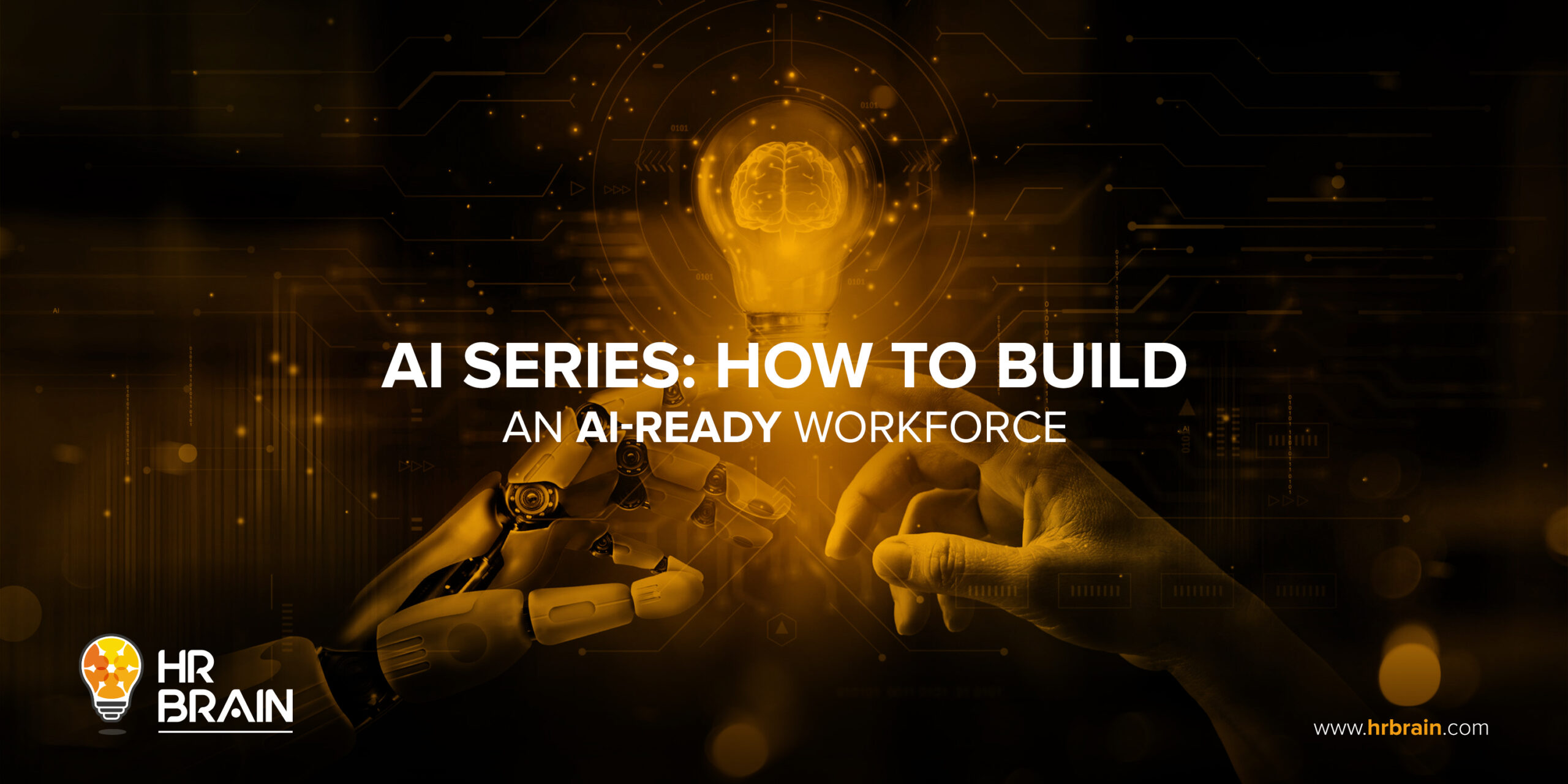How to Build an AI-Ready Workforce:
The workplace is experiencing a significant disruption due to the rapid advancement of generative AI. While certain roles have been eliminated due to the introduction of AI, there has been a rise in job opportunities that have emerged alongside the spread of generative AI tools like ChatGPT, Bard, DALL-E2, and Synthesia. Considering this disruptive landscape, organizations must understand how to cultivate an AI-ready workforce.
AI’s impact on businesses and their bottom lines can vary depending on various factors such as the company’s stage of development, size, data capabilities, and industry-specific regulatory obligations. Additionally, organizations need to consider their most demanding challenges, whether it’s time to market, customer churn, demand prediction, or other critical issues.
Once organizations have assessed the AI strategies and solutions that offer the greatest return on investment based on their unique considerations, the next step is to map out teams equipped to leverage AI effectively. This involves identifying the right individuals with the necessary expertise to implement and manage AI initiatives successfully.
Identify and Assess AI Skills Gaps and Opportunities
Organizations should consider the diverse areas of expertise that are relevant to AI projects. This can range from data analysts to data and AI engineers, machine learning model experts, and AI researchers. The specific needs of the organization will depend on the scope of the AI project and the desired AI strategy and solutions.
However, it is not necessary for everyone working with AI to be a technical expert. Businesses require teams that can either build efficient AI solutions or effectively use existing AI solutions available in the market. This creates an opportunity to upskill employees based on their current domain and industry expertise, their willingness to learn, and their potential in specific areas that can prove beneficial for understanding AI concepts.
To bridge the AI skills gap, organizations can explore different routes, such as hiring hybrid teams of in-house experts and consultants or providing opportunities to train and upskill the existing workforce. When implementing training programs, it is crucial to ensure that the content is engaging, topical, and relevant to deliver effective and valuable training.
Efficiency and effectiveness should be prioritized to maximize the impact of training and upskilling initiatives. By identifying skills gaps, assessing opportunities, and implementing effective training and upskilling programs, organizations can build AI-ready teams capable of leveraging AI technologies to drive innovation and achieve business objectives. Let’s explore some ways to do so.
Ensure the Relevance and Timeliness of Training Content
Organizations should stay updated on emerging AI skills and in-demand roles. They should consider the growth of generative AI roles and related skills. Training programs should cover a mix of traditional AI skills, linguistics, problem statement understanding, and basic concepts of large language models.
Manage Expectations
Managing expectations is crucial when building reskilling and upskilling programs. Considerations include course length, team and resource management, and addressing the expectations of learners and their supervisors to avoid impacting work deliverables or training outcomes. Different employee groups may have varying AI training needs, such as executives focusing on decision-making based on AI outputs, AI engineers mastering foundational skills, or managers seeking AI features for optimization and growth.
Maintain Engagement
Organizations can leverage AI tools to curate content, deliver engaging assignments, track progress, and fine-tune training efforts based on evolving proficiency levels. Techniques like AR/VR-based training and monitoring student engagement levels can make learning more interesting. However, engagement should translate into progress, which can be measured through applied learning.
Create New Ways for Employees to Use Their Skills
To maximize the impact of AI training, organizations should encourage employees to use their new skills creatively to solve business problems, including addressing talent gaps. This can involve hiring senior AI personnel, utilizing low-code and no-code platforms, or implementing solutions like Robotic Process Automation. Internal competitions, knowledge-sharing sessions, and incubator programs foster an innovative culture and facilitate continuous learning. They also help assess the success of training programs.
By leveraging a mix of in-house AI talent, upskilled employees, external AI consultants, and new skill augmentation methods, organizations can build competent AI teams and fully utilize AI capabilities. Adopting an experimental mindset allows businesses to explore AI possibilities without the time and cost burden of finding AI talent. An integrated approach ensures comprehensive AI readiness across the entire workforce, regardless of roles and experience levels.







